Glossary
The aim of this glossary is to share terminology being used in discussions about generative artificial intelligence, and photojournalism and documentary photography. Key terms are highlighted in red to signal their importance. This is not an exhaustive list; it will be expanded and refined as we proceed.
The following link may also prove useful in understanding artificial intelligence.
A-Z of AI: 30 terms you need to understand artificial intelligence from the BBC.
Algorithm
A defined set of instructions used to perform a task or computation, or to solve a problem.
Artificial intelligence (AI)
Digital technologies trained on vast datasets that produce content and solve problems in response to prompts.
Authentication
A process or method to confirm that a photograph is what its maker or disseminator claims it to be.
Authentication
A process or method to confirm that a photograph is what its maker or disseminator claims it to be.
Burning
A technique used to selectively increase exposure in a section of a photograph. In analog photography, an opaque mask with an aperture or hole of some sort would be used to focus light from an enlarger onto light-sensitized material, usually photographic paper impregnated with silver halide. In digital photography, algorithm-based tools in apps/programs allow users to achieve these effects.
Camera
A device used to capture an image cast on a light-sensitive medium through an aperture or lens.
Caption
Text that accompanies a photograph that customarily includes descriptive information about what is depicted in that image, including people in the photo (if any), the place it was taken, the event depicted, and when it was taken/made.
Composite(d) Image
Usually refers to the combining of two or more photographs to create the illusion of a single one (putting the image of someone’s head on the image of someone else’s body, for example). All reputable news publications forbid such modifications except when the compositing, in the editors’ opinion, should be obvious to the reader. Many publications also require a caption to identify the image as a composite. Sometimes, as stated above, a composited image will be labeled as a photo illustration.
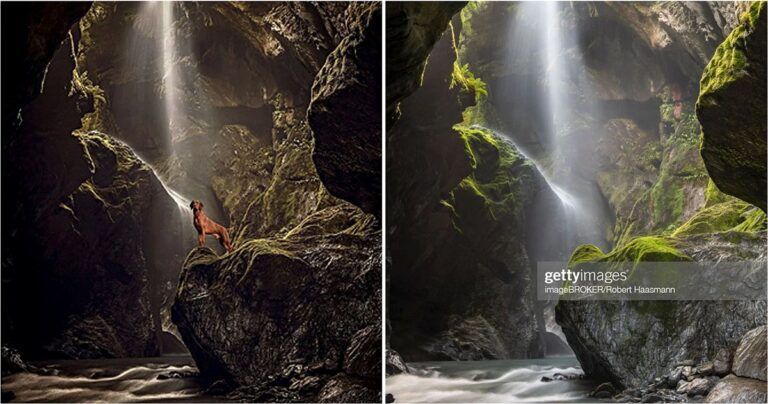
Compression
An algorithmic process by which a digital file is reduced in size for storage and transmission.
Computational photography
The term refers both to the use of computer software and hardware to capture and modify digital photographs as well as the process of generating pictures that are not true photographs—images written with light—with software and hardware.
Cropping
A technique that involves removing a rectangular sliver from any of a photograph’s four sides. Often this is done to remove what are thought to be irrelevant details or excess space as a way of focusing on an image’s more important aspects. Sometimes, however, important contextual information is removed this way. Cropping, like retouching, predates the use of software and has long been done by hand.
Deepfake
A false but realistic picture, video, audio created using digital technology with the purpose of deceiving viewers.
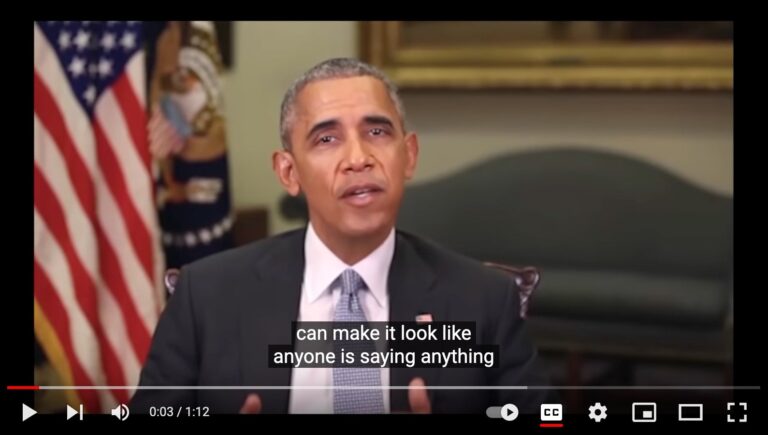
Dodging
A technique that originated in the darkroom whereby an object is used to block or limit light during enlarging, the process through which light is projected through a negative to create a positive image on a light-sensitized surface such as photo paper.
Generative artificial intelligence
A digital system that generates content—pictures, text, audio, video—in response to prompts entered by a user.
Image generator
An image generator is an AI-powered tool that takes input from a text prompt, processes it, and creates an image that best matches the instruction given in the prompt description. An AI text-to-image generator often makes use of a machine learning technique called artificial neural networks that can receive input in the form of words, which it then processes to generate an image.
Large-language model
An artificial intelligence system trained on massive datasets that produce texts based on input, prompts entered by a user.
Machine learning
A process by which a computer system is trained to produce output in ways that mimic human behavior and then to refine and improve that output the more it is used.
Manipulated photograph
One that has been modified after the image was made as a way of enhancing the impact of the image or explicitly deceiving the viewer. A manipulated photograph may also be one that depicts a staged event as if it were spontaneous. While some manipulations represent an obvious intent to falsify what occurred, the reader must be aware that all photographs represent the interpretations of the photographer and depict situations that often have been affected by his or her presence (a portrait would be one example).
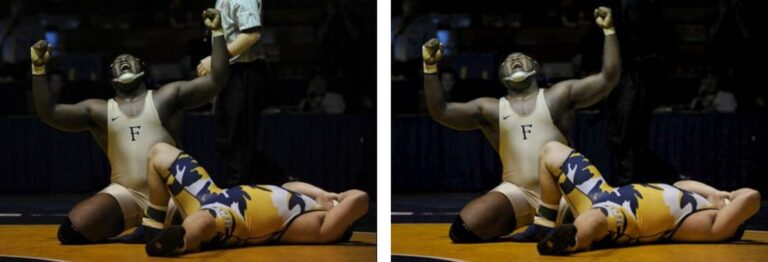
Optical photography
“Photography,” from the Greek words photos and graphos, means writing or drawing with light. The modifier “optical” indicates the use of a device with an aperture through which light passes to strike a light-sensitive material.
Photo editing
The terms refer to two different processes: the selection of individual photos from a group for particular purposes and the use of computer software and hardware to make changes to the appearance of a photo.
Photo illustration
There are two different meanings. It can be a photograph that is made of a scene that has been staged to illustrate a pre¬existing concept (for example, a group of short people might be asked to laugh or look happy to illustrate the idea that short people have more fun). Or the term can refer to a photograph that is itself later modified so as to illustrate a concept (for example, retouching a pre¬existing photograph of short people so that they appear to be smiling). In the first example the subjects knew what they were being asked to do and presumably consented; in the latter example the changes may have been accomplished without their knowledge. While these are very different strategies, the term photo opportunity is used, even among reputable news organizations, to refer to both.
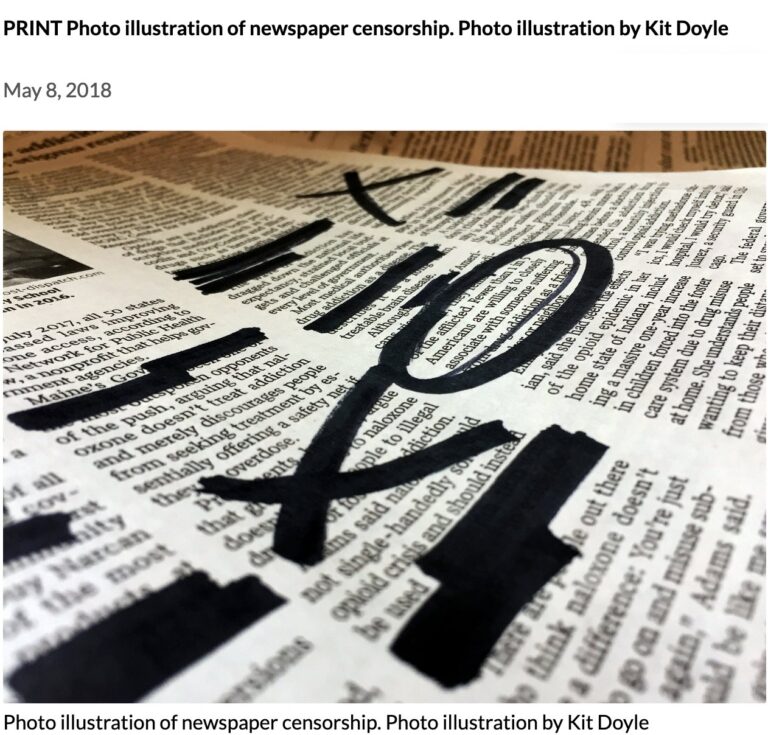
Photo opportunity (photo op)
An event that has been staged in such a way as to be visually appealing to the press. Politicians, celebrities and others are carefully presented in packaged ways, such as showing a politician with his arm around a factory worker, or standing in front of a landmark that reinforces a particular theme. In these situations, professional photographers and videographers are given access that would normally be denied to amateurs. Nearly all news organizations routinely cover photo opportunities, although some try to show them from a different angle or write a caption that allows the reader to understand, at least in a limited way, the degree to which the event has been staged.
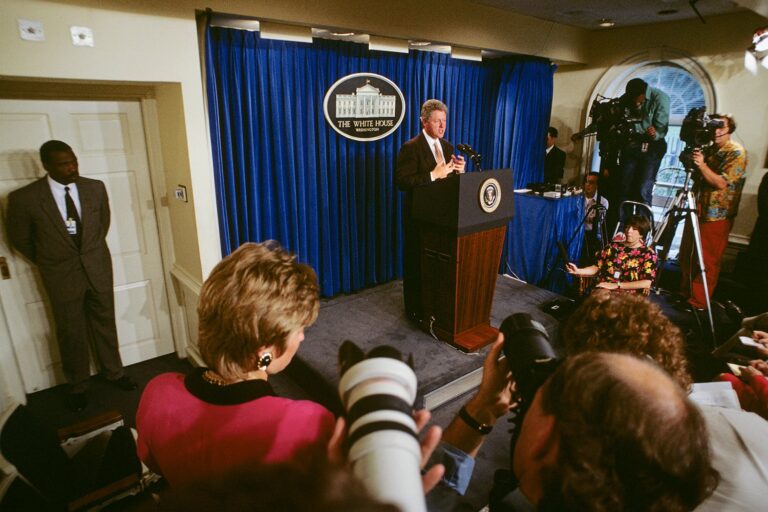
Photorealistic
A visual image that resembles a photograph; a picture that looks like it was captured with a camera.
Post-processing
Procedures that adjust or change visual elements of a photograph after it has been captured.
Prompt (text prompt)
Instructions given to an artificial intelligence system to create content or solve a problem.
Retouched photograph
One that has been partially modified, such as by erasing or adding certain details, darkening or lightening segments, or changing specific colors. Some of these alterations can significantly change the meaning of the photograph (such as by subtracting a liquor bottle from a scene). Most reputable news publications forbid any significant retouching beyond the traditional darkroom techniques of slight darkening or lightening as a way to increase clarity or add some drama. However there is no uniform policy on the treatment of what might be considered minor visual details (such as a pole or a wall outlet in the background); some reputable news organizations may allow them to be erased without informing the reader.
Stage
To create and direct a scene for capture by a camera, often with the intention to deceive viewers.
Sensor
A light-sensitized surface that captures light—photons—converts them into electrons, and then data that form a digital image.
Straight (or conventional) photograph
A visual recording of that which was in front of the lens for a fractional second, or what one might think of as a “recording from appearances.” This is often confused with the truth, but as any photographer will acknowledge, each will see and photograph the same situations in different ways. Photographs, like all other media, are interpretive—whether they are meant to be artistic, documentary or journalistic.
Synthetic image
A synthetic image is an image that has been fully or partially created using computer-generated graphics, rather than being captured by a camera.
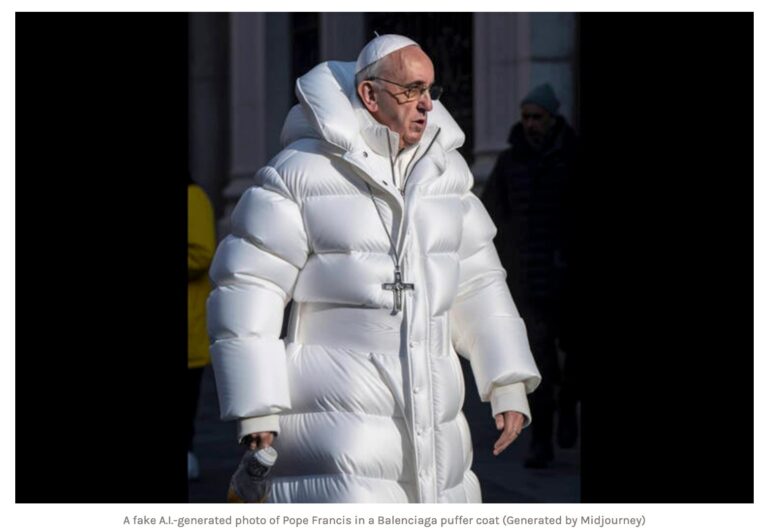
Text to Image Prompt
Text-to-image artificial intelligence (AI) allows a person to generate an image from scratch based on a text description. The descriptive text entered into an AI image generation tool is called a prompt, which could be a sentence or short phrase giving directions by detailing what type of image the input requires the AI text-to-image generator software to create.
